Shunt mods on mobile devices are always exciting because they seem to push the boundaries of what's possible in a more practical way. Laptops are thermally constrained and, thus, power-limited compared to their desktop counterparts. Even a fully specced-out mobile GPU can't compete against its desktop variant, so when someone tries to break through the manufactured barriers to unlock its full potential, well, we let the results speak for themselves. And the numbers coming out of this Reddit user's laptop are nothing short of impressive.
Zephyrus M16 4090 Shunt Modded - Thin and Light Laptop Matches 5090 Laptops from r/GamingLaptopsIn Avid's case, they took a 1 mΩ resistor and placed it in parallel with the GPU’s existing 5 mΩ shunt resistor on the motherboard. Through Ohm's law, that comes out to an 83% reduction in resistance, meaning the GPU is now underreporting its wattage by roughly 6x (down to just 0.83mΩ). The 4090 in the Zephyrus M16 has a 150W TGP, meaning the firmware won't allow it to go past that. But with the shunt mod, the GPU's internal logic is altered, so when it says it's consuming 40-45W, it's actually drawing around 240W in reality.
This allows for a pretty incredible bump in performance, so much so that this 4090 starts to match or even outperform the RTX 5090 mobile in a multitude of scenarios. Avid didn't test any games, but the synthetic benchmarks are enough to give us an idea. The most drastic difference comes in Solar Bay Extreme, where the shunt-modded 4090 scored 24,617 points, which was 35% higher than the "next best M16" which could only manage 18,166. Compared to the average 5090 laptop that can achieve 22,877 points, our 4090 with wings was still 7.6% ahead.
Swipe to scroll horizontally
Speedway | 6911 | 5673 | +21.8% | 6307 | +9.6% |
Steel Nomad | 6137 | 5079 | +20.8% | 6159 | -0.4% |
Steel Nomad Light | 27498 | 22466 | +22.4% | 26137 | +5.2% |
Port Royal | 16323 | 13564 | +20.3% | 16321 | +0.0% |
Time Spy graphics | 25444 | 23402 | +8.7% | 24949 | +2.0% |
Time Spy overall | 23106 | 22031 | +4.9% | 23076 | +0.1% |
Solar Bay Extreme | 24617 | 18166 | +35.5% | 22877 | +7.6% |
Average Gain | Row 7 - Cell 1 | Row 7 - Cell 2 | +19.2% | Row 7 - Cell 4 | +3.5% |
There was essentially no difference in Port Royal, though, and the shunt mod was actually a smidge slower in Steel Nomad, but across all tests, the average gain was still 3.5% compared to a regular 5090 mobile, and almost 20% compared to the other 4090 GPUs in the Zephyrus M16. To deal with the extra heat, all Avid had to do was upgrade the liquid metal to PTM7950 phase-change thermal pads, and swap out the stock VRM thermal pads with Upsiren UX Pro Ultra.
While thermal details were scarce, Avid did mention in a comment that the 4090 gets up to 80-84°C but "doesn't thermal throttle" while the CPU can get a bit toasty at around 90°C. We also learned that Avid undervolts the shunt-modded 4090, limiting the voltage to 800mV for gaming, which makes sense since otherwise the GPU would keep boosting to potentially dangerous levels.
Overall, this config can strike a nice balance between power, performance, temps, and noise. That's before we even factor in the price, because Avid actually got this Zephyrus M16 from the secondhand market for only $1600, which is a good deal in and of itself. But, when you consider that it beats an RTX 5090 laptop after modding for almost no additional charge, it transforms into next-level value.
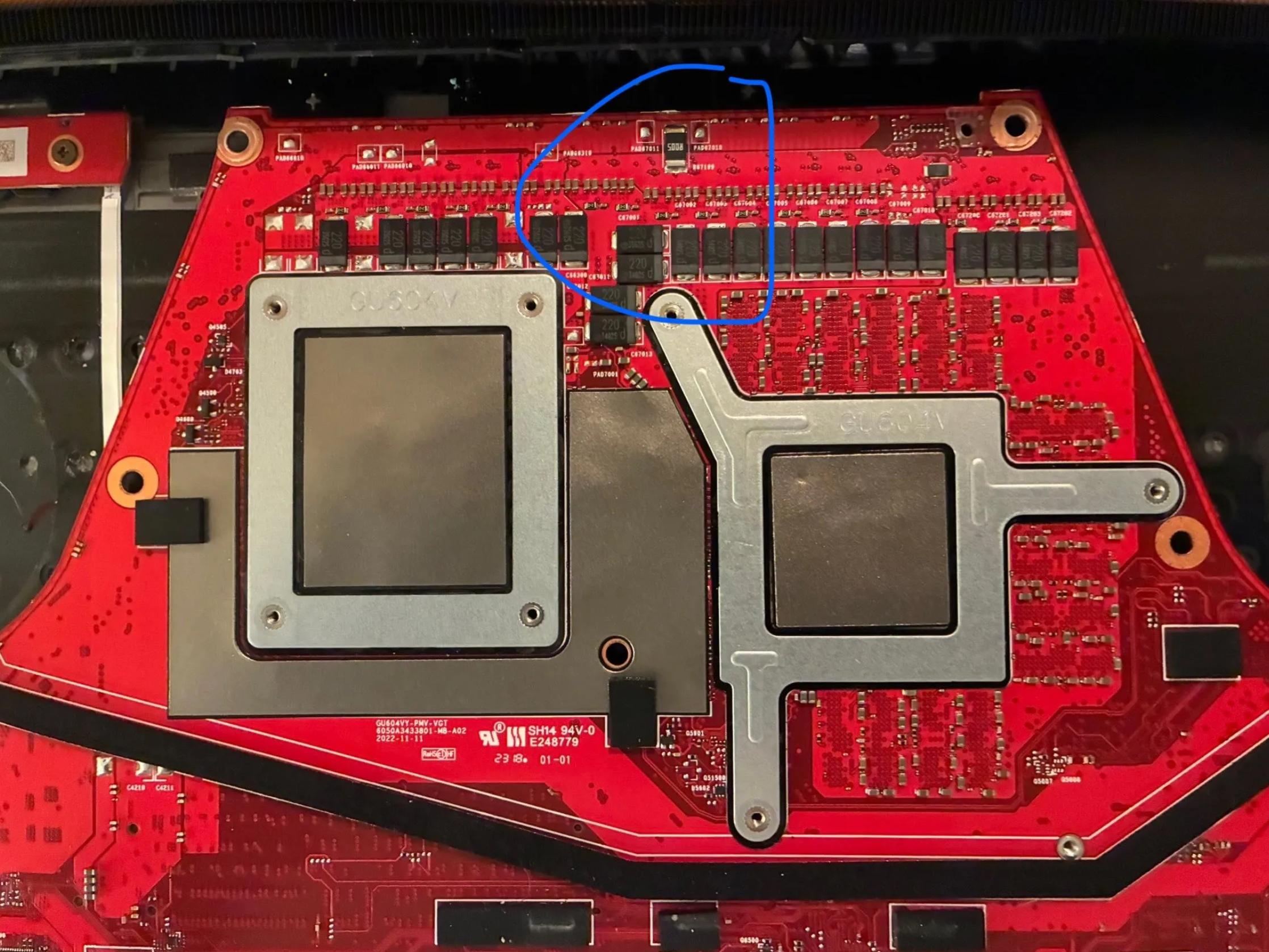
As always, a disclaimer is due: Messing with your hardware on this level can cause irreparable harm to your device, especially if you're not sure what you're doing. The machine is designed with a certain thermal and power envelope in mind, so bypassing that can only lead to so much improvement before you hit the point of diminishing returns. However, if there's room, Avid's shunt mod shows us it doesn't take much to raise the ceiling.

Follow Tom's Hardware on Google News, or add us as a preferred source, to get our latest news, analysis, & reviews in your feeds.

 1 month ago
42
1 month ago
42
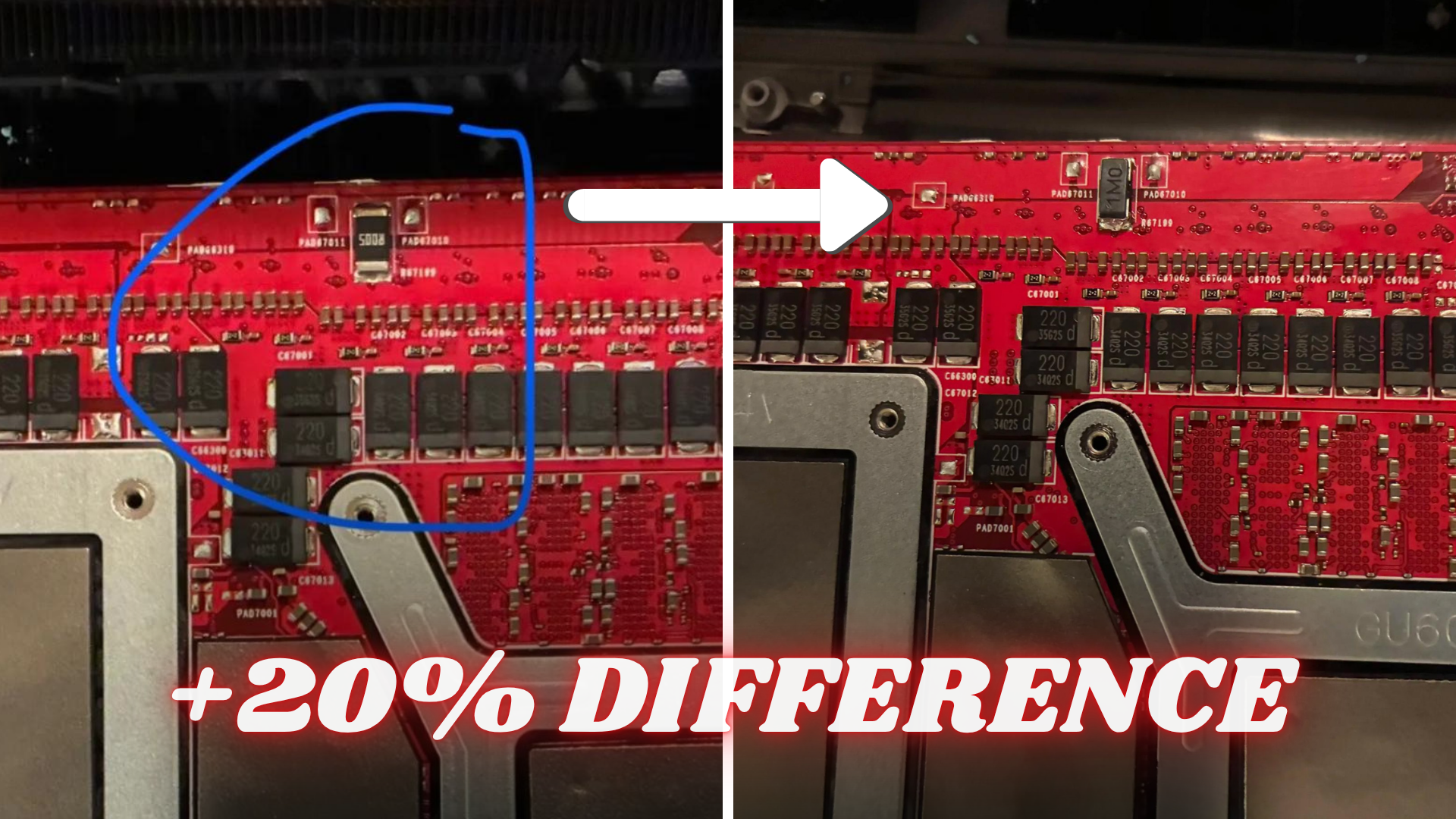
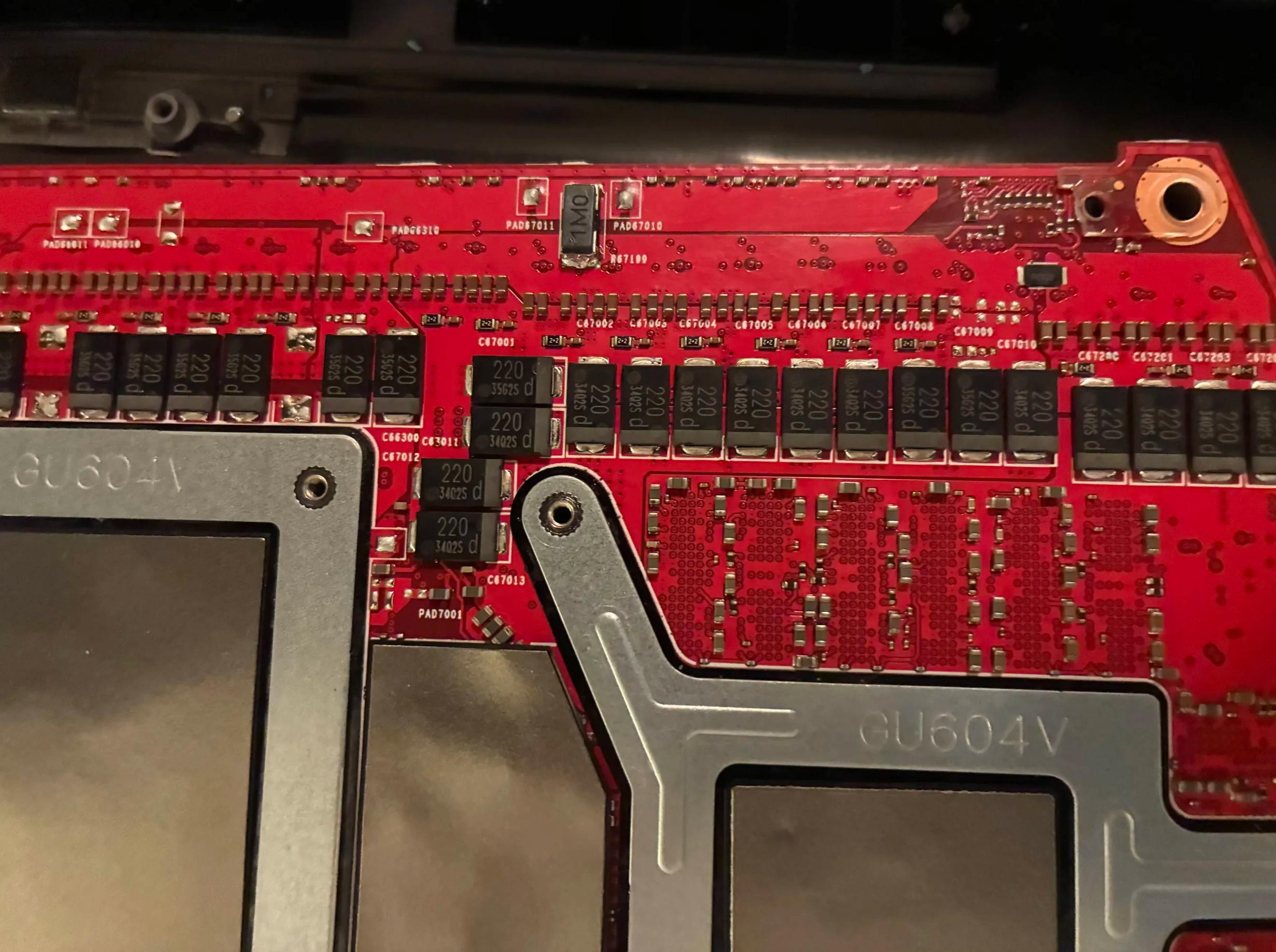

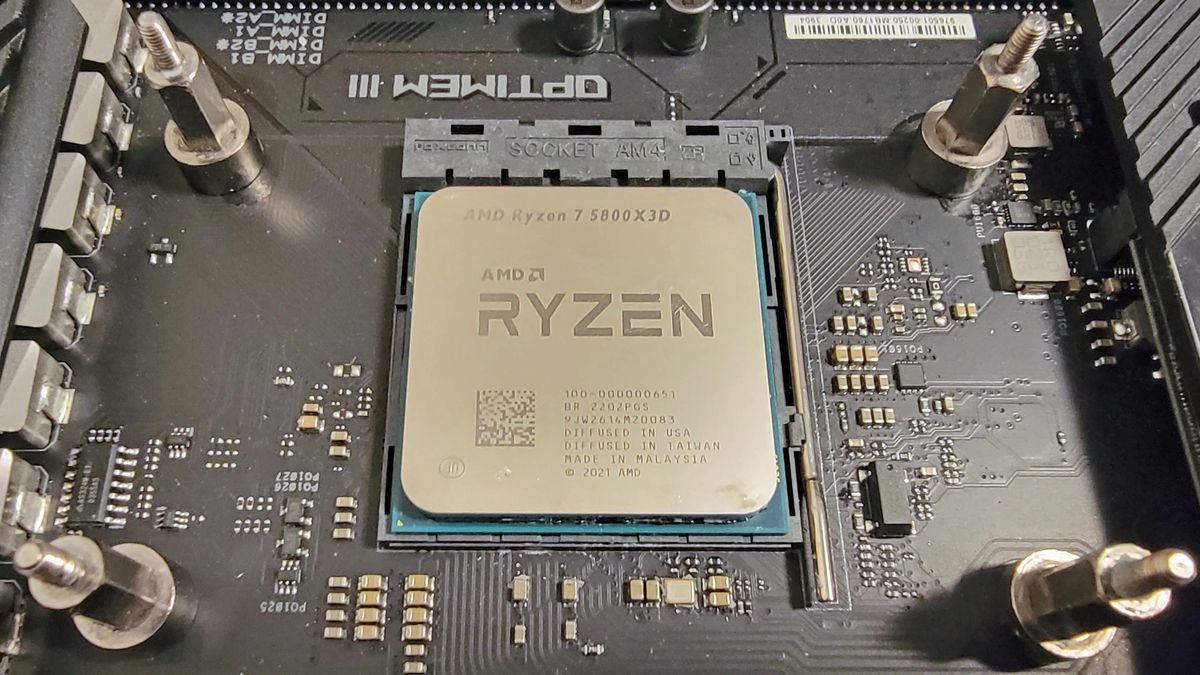
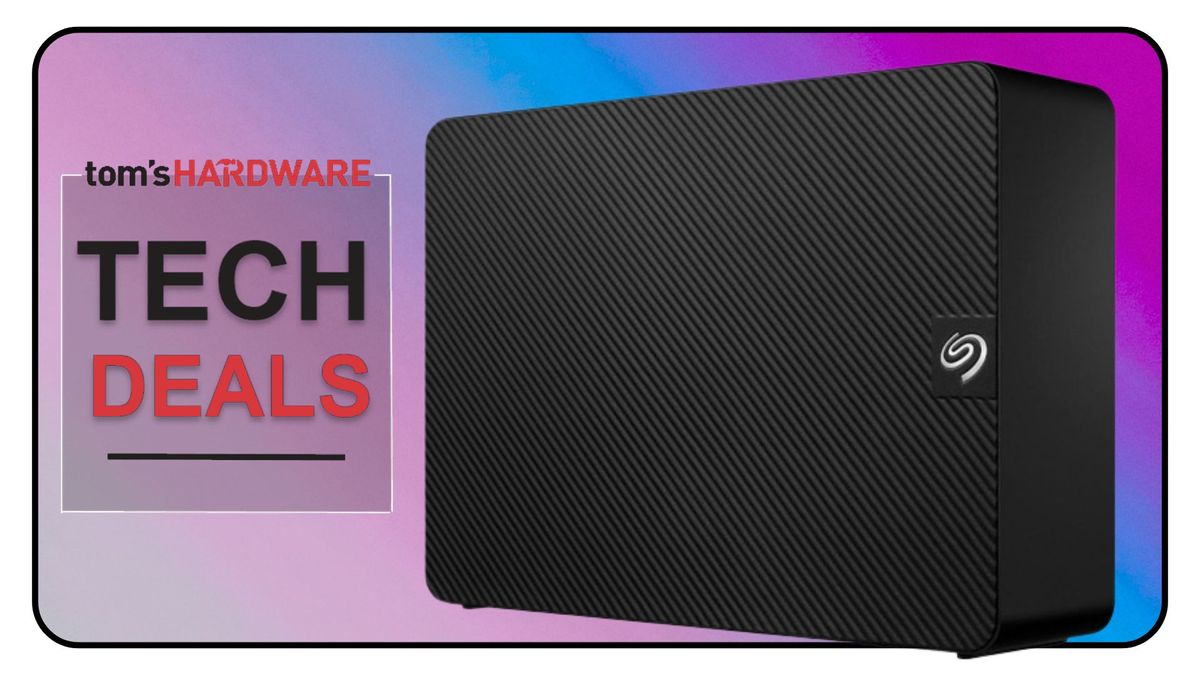






 English (US) ·
English (US) ·